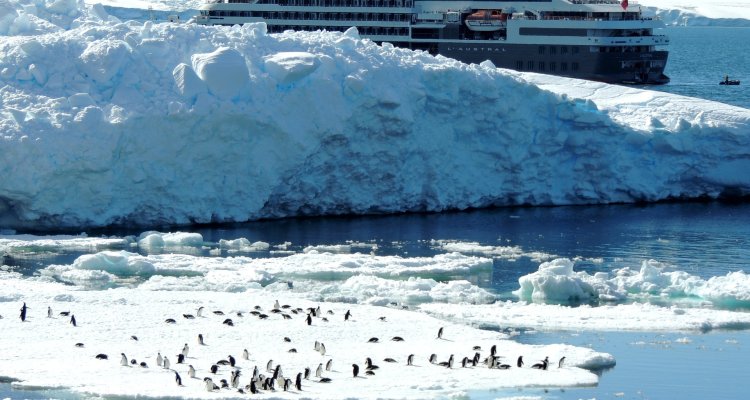
Project
Pros and cons of Antarctic tourism self-regulation
In Antarctic tourism, environmental performance is primarily regulated by the industry itself. This self-regulatory system has been functioning well, but is under increasing pressure from growing tourist and operator numbers and diversifying activities. This research examines the potentials and limitations of current and future self-regulation among Antarctic tourism operators from an environmental stewardship (ES) perspective, focusing on the sprawl of visitor sites and the industry’s large carbon footprint.
Introduction
In Antarctic tourism, environmental performance is primarily regulated by the industry itself due to the complex governance structure. The majority of tour operators are organized under the International Association of Antarctica Tour Operators (IAATO), which has developed guidelines and bylaws for its members. This self-regulatory system has been functioning well, but is under increasing pressure from growing tourist and operator numbers and diversifying activities.
Objective
The objective is to understand the potentials and limitations of Antarctic tourism self-regulation from the perspective of environmental stewardship.
- How can the concept of environmental stewardship help clarify the meaning of self-regulation in the Antarctic tourism industry?
- What are the potentials and limitations of self-regulation regarding the developing spatial distribution of tourism in Antarctica?
- What role does self-regulation play in tackling the mitigation of carbon emissions by the tourism industry in the Antarctic?
- Which implications can be drawn concerning the future of (self-)regulation in the Antarctic tourism industry for policy and industry stakeholders?
Method
Review of the academic literature and official documents regarding tourism regulation in the Antarctic; survey among tour operators; calculation of Antarctic tourism’s carbon footprint; interviews; content analysis.
(Expected) results
Policy Brief: Implications concerning the future of (self-)regulation in the Antarctic tourism industry for policy and industry stakeholders